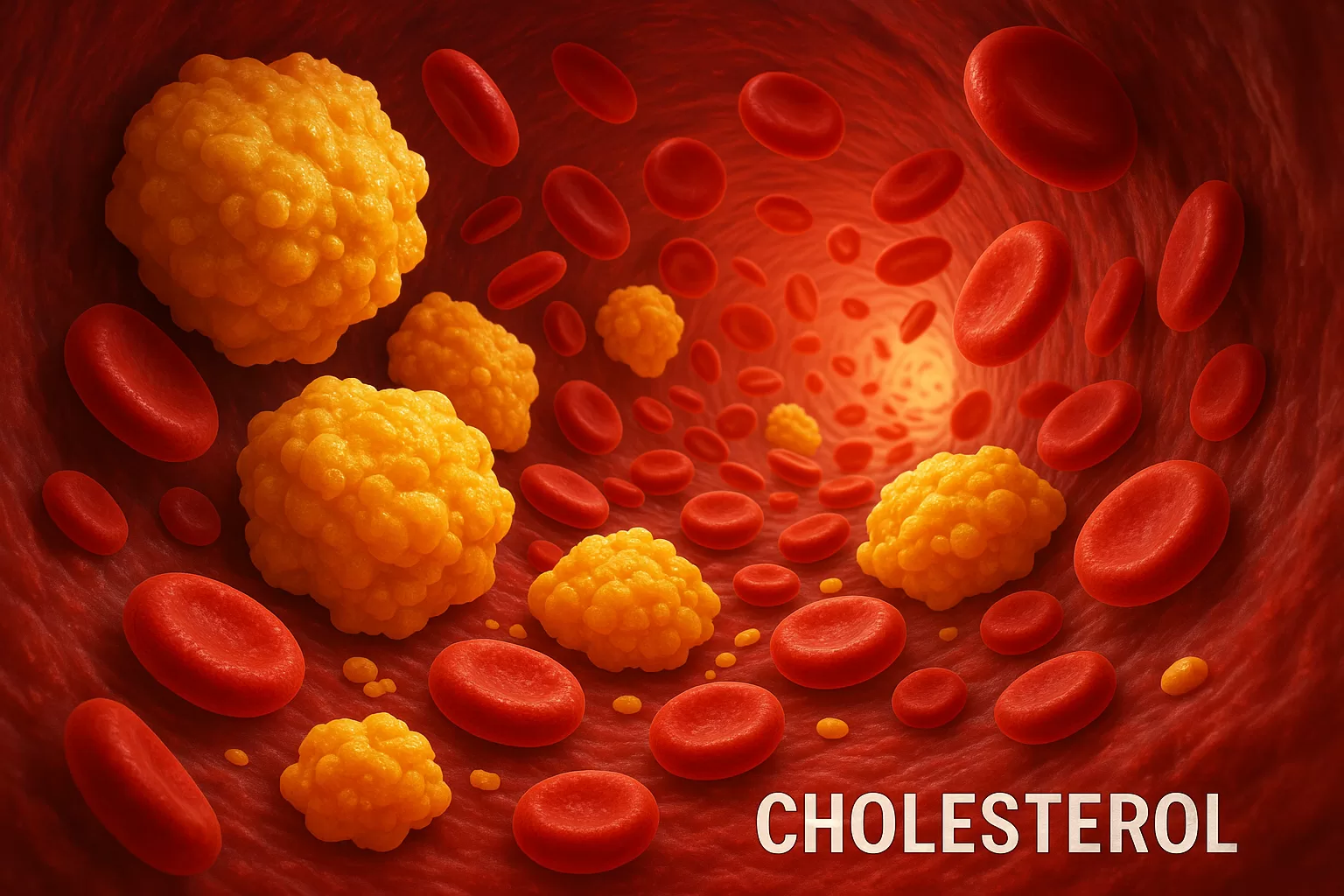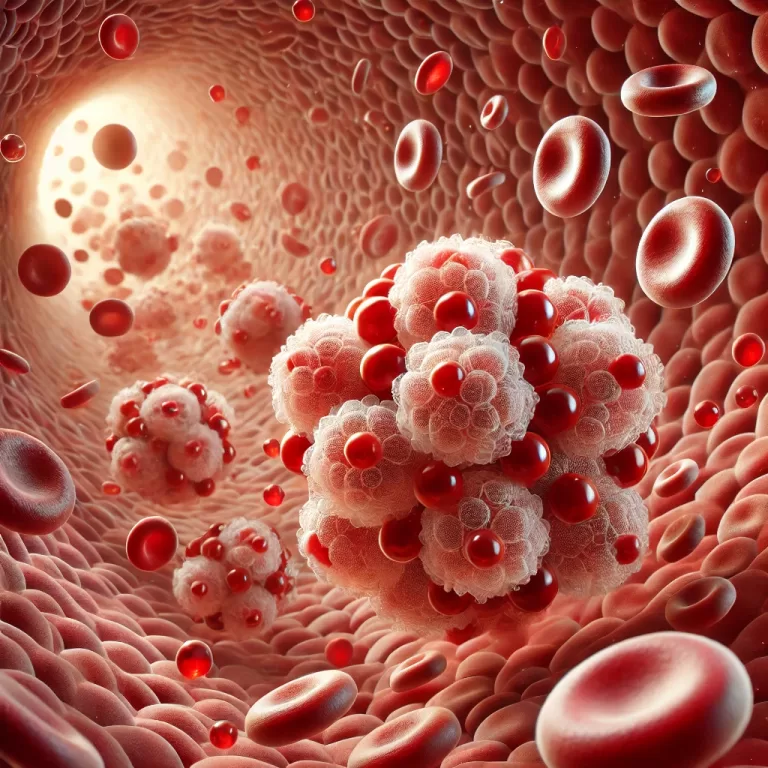The Truth About Cholesterol: Good, Bad, or Misunderstood?
We’ve all been there—or know someone who has. Sitting in the doctor’s office while they scan your lab results, eyebrows furrowed. Then comes the dreaded line: “Your bad cholesterol is too high.” Suddenly, you’re facing a choice—change your diet, start a statin, or suffer the consequences.
But what if we’ve been fed the wrong story about cholesterol all along? Do we even know what cholesterol really is? Where it comes from? Why there’s “good” and “bad” cholesterol—and what that actually means?
Don’t worry. We’ve got you. It’s time to dig into the truth about cholesterol: good, bad, or completely misunderstood?
What Is Cholesterol?
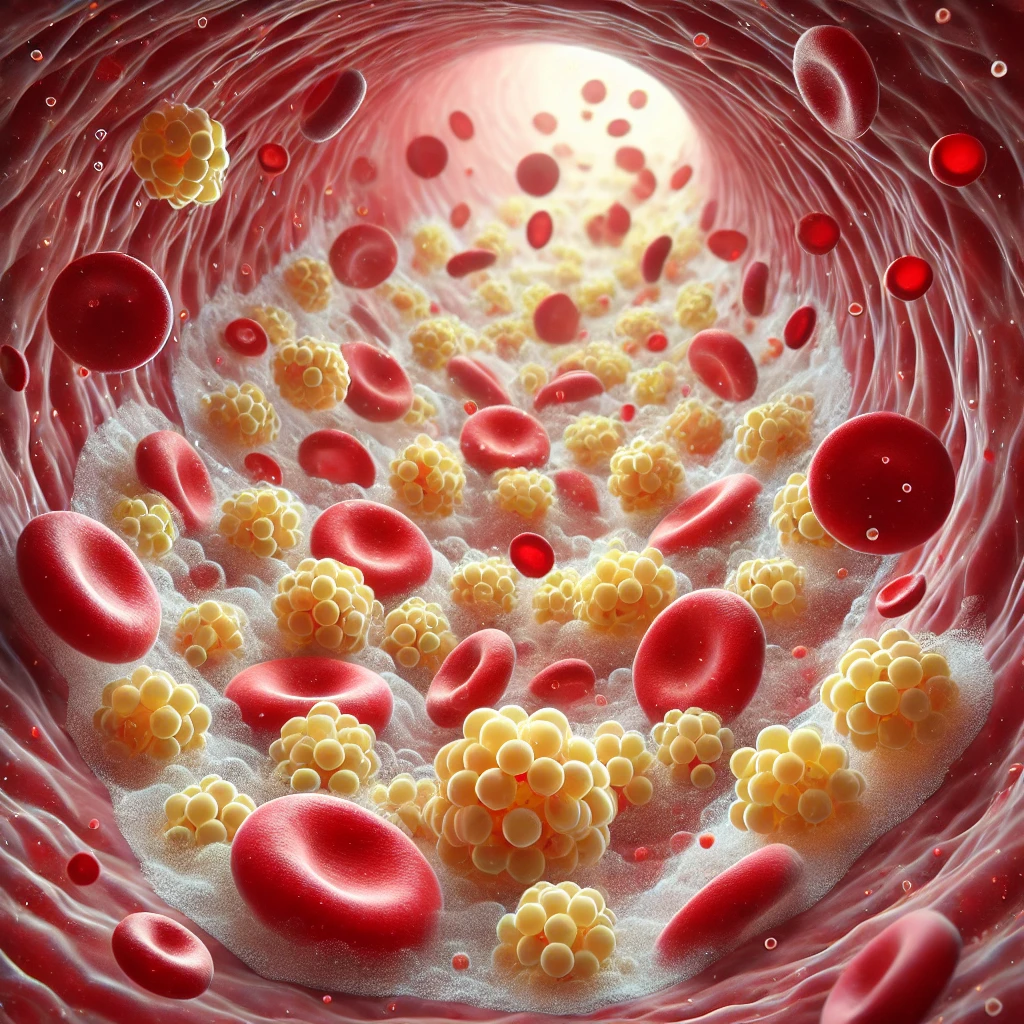
Cholesterol is a waxy, fat-like substance that plays a significant role in several bodily functions. There are two main types of cholesterol that we are all familiar with:
- LDL – Low-Density Lipoprotein (referred to as “bad” cholesterol)
- HDL – High-Density Lipoprotein (referred to as “good” cholesterol)
Lipoproteins are round particles made of lipids (fats) and proteins. Cholesterol is insoluble in water so it must be transported throughout the bloodstream by lipoproteins1. Low-density lipoproteins (LDL) carry cholesterol from the liver to the vessels and cells of the body. Because of its presence in the arterial walls, LDL cholesterol was originally considered to be a measurement for certain risk factors such as heart disease, heart attack, stroke, atherosclerosis, thrombosis, and aortic stenosis. High-density lipoprotein absorbs cholesterol in the blood and carries it back to the liver where it begins to move through the digestive system.
Where Does Cholesterol Come From?
We’ve all been told that cholesterol comes from food. This is true, however, 85% of the cholesterol in the body is made by the body. The remaining 15% is dietary cholesterol2. The liver is responsible for producing all the cholesterol the body needs. It makes approximately 3,000 milligrams of cholesterol every day3. Many people are not good at making their own cholesterol or efficiently using cholesterol due to (often undetected) genetic defects. It is important to supplement the body’s cholesterol with dietary cholesterol to ensure to make up for any deficiencies.

Cholesterol Rich Foods Include:
- Eggs
- Red Meat
- Full-Fat Dairy
- Animal Fats-such as butter or lard
- Higher Fat Fish
- Caviar
Cholesterol is only found in animal-based foods. So if you’re concerned about your ability to make and use cholesterol make sure to consume a diet rich in animal foods such as meats, eggs, dairy, and animal fats.
What Does Cholesterol Do In The Body?
Realistically, it would be easier to create a list of what cholesterol doesn’t do in the body. Cholesterol is essential in several bodily functions. It is highly protective, anti-inflammatory, and acts as an antioxidant that protects against free radical damage linked to heart disease and cancer. If you were to remove all the cholesterol in your body at one time, you would be dead within seconds.
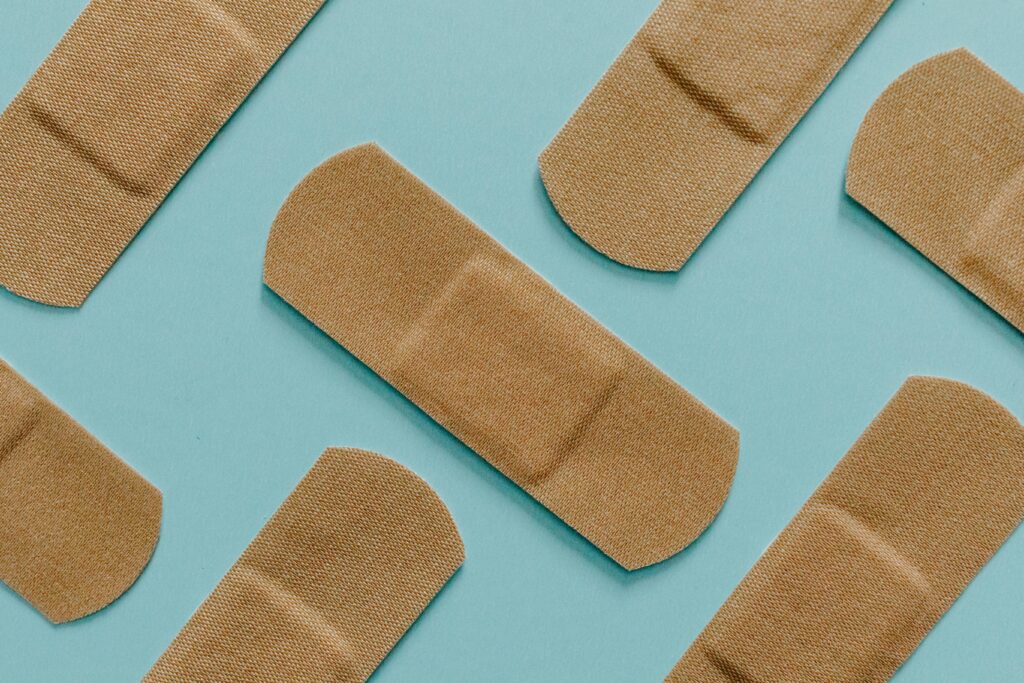
The Band-Aid Of The Body
LDL cholesterol gets a bad rap because of its presence in the arteries. However, without LDL cholesterol, we would be at a great risk of irreparable arterial damage. When arteries experience small tears or cracks—a normal part of aging and daily wear—LDL acts like a biological band-aid, sticking to the damaged areas to prevent further injury.
Without LDL, our bodies wouldn’t be able to patch up these tiny injuries, which could lead to internal bleeding and potentially life-threatening complications.
When LDL Actually Becomes “Bad” Cholesterol
In a healthy body, the minimal amount of LDL that is needed to repair arteries is not an issue. However, the problem arises when an individual is consuming a diet rich in processed carbs and sugar. This diet results in higher triglycerides which travel through the bloodstream and cause thicker, hardened, and brittle arteries4. The brittle arteries are more prone to damage, which requires more LDL to stick to the damages to repair them. Over time, the LDL band-aids begin to build up as they fight to hold the artery together. This buildup is what can lead to clogged arteries resulting in heart disease, heart attack, and stroke.
So as you can see, the problem here is not the cholesterol. High triglycerides cause excessive arterial wall damage that requires the body’s band-aid to come to the rescue5. If the arterial walls are not experiencing excessive tears and cracks, cholesterol will flow through the arteries without excessively sticking to the walls and causing clogged arteries.
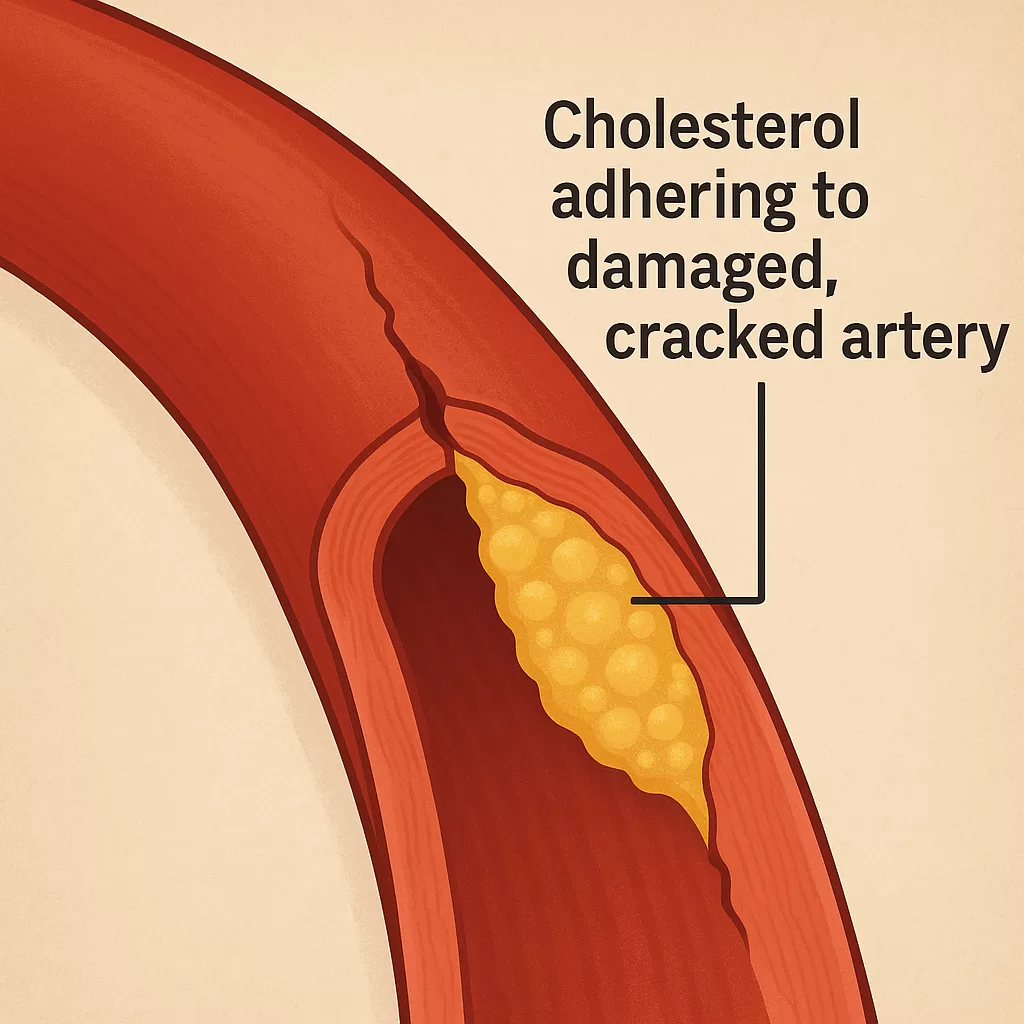
Cholesterol’s Role on a Cellular Level
So now we know that without cholesterol in the arteries, we would essentially bleed out. But, what else does cholesterol do in the body? Cholesterol is found in every cell in the human body and is vital for successful cellular homeostasis. The average cell membrane6 is made up of 30% cholesterol – meaning every cell requires cholesterol to function properly. Cholesterol helps stabilize the cell membrane and allows the cell to control what passes through. The cell membrane relies on cholesterol for proper functioning, without it, the membrane would not be able to survive. Because the body is made up of cells, if our cells die, we would die as well.
Fetal Demands of Cholesterol
As we know, the human body begins as a grouping of cells that eventually grow into organs, tissues, and bones that together form the human body. As mentioned previously, cells cannot exist without cholesterol, which means that a fetus cannot exist without cholesterol.
In the first few months of gestation, the fetus gets all of its cholesterol through the maternal circulation. A 2009 study found that babies born to women with low cholesterol or Smith-Lemli-Opitz syndrome (a condition that affects the synthesis of cholesterol) were found to have altered fetal growth rates (leading to complications later in life) and increased rates of genetic defects.
In some severe cases, low cholesterol levels or an inability to synthesize cholesterol has resulted in fetal death. Cholesterol is vital to fetal growth/survival, and proper development of the body and the brain7. The brain is made of 20% cholesterol; without it this vital organ does not develop or function properly. Simply put, humans cannot reproduce without the presence of cholesterol.
Cholesterol and Hormone Production
Cholesterol is the building block of many hormones in the body. It is commonly referred to as the “mother hormone”. All classes of steroid hormones, glucocorticoids, mineralocorticoids, and sex hormones, are derivatives of cholesterol8. Aldosterone is a steroid hormone derived from cholesterol that stimulates potassium secretion and regulates sodium homeostasis.
These processes help control blood volume and blood pressure. Cortisol is another essential steroid hormone that is derived from cholesterol. It allows the body to respond to stress, suppresses inflammation, controls the metabolism of fats, proteins, and carbohydrates, and regulates blood pressure and blood sugar.

Cholesterol and Sex Hormones
Sex hormones, derived from cholesterol9, play a crucial role in human health. Insufficient levels of testosterone can lead to weakness, fatigue, low muscle mass, weight gain, depression, sexual problems, and various other adverse effects in both men and women. Deficiencies in estrogen may result in menstrual irregularities and vaginal dryness in women, as well as low libido, reduced bone density, and abdominal weight gain in both men and women. Inadequate progesterone levels can contribute to “estrogen dominance,” causing mood changes, fatigue, erectile dysfunction (ED), gynecomastia, prostate enlargement, low libido, and, in some cases, seizures.
It has been found that once total cholesterol levels fall below 150, the body’s ability to produce sex hormones becomes impaired. In a survey of males with reproductive problems, low levels of total cholesterol and free cholesterol were found to be directly related to the integrity and fertilization ability of their sperm10. In women, there is a well-supported hypothesis that women with higher levels of cholesterol are less likely to develop breast cancer and cancers of the reproductive organs.
It has also been found that women with higher cholesterol levels have an increased rate of survival if they develop such cancers. This is likely due to cholesterol’s protective capabilities, as well as, its role in hormone production/regulation. If you have hormone-related conditions such as infertility, low libido, ED, or are experiencing symptoms of hormone dysregulation like mood swings or weight fluctuations it may be due to low cholesterol.
Bile Production
Bile is a fluid released by the liver and stored in the gallbladder. It consists of both organic and inorganic compounds. Bile breaks down fat into fatty acids, which the body can then absorb. The absorption of fat-soluble vitamins A, D, E, and K is not possible without bile. It is responsible for separating essential nutrients from toxins and waste acting as a natural detoxifier for the body. Bile acids are synthesized from cholesterol exclusively in the liver11. The human body cannot digest food without bile derived from cholesterol.
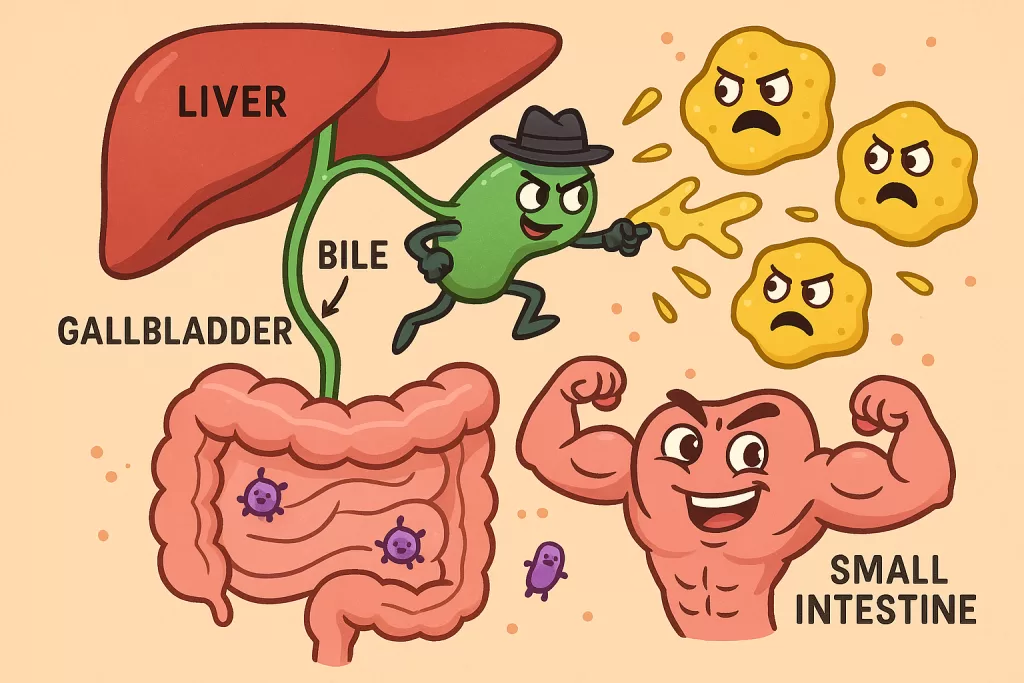
Consequences of low cholesterol include, but are not limited to:
- Increased risk of developing cancer
- Infertility and other sex hormone-related issues
- Aortic dissection leading to internal bleeding
- Increased rates of suicide due to hormone imbalance and neural dysfunction in the brain
- Short-term memory loss in the elderly12
- Alzheimer’s Disease
- Impaired fetal health
- Inability to fight infection
- Increased bodily inflammation
- Increased risk of developing allergies and asthma
Cholesterol is at an all-time low, yet heart disease is at an all-time high
It’s important to understand that your body is actually great at managing cholesterol. Left to its own devices, it produces what it needs and eliminates any excess through waste. It knows what it’s doing. Since every body is different, there isn’t one magical cholesterol number that works for everyone—some people naturally require more, others less.
We now know that cholesterol is essential to life. So if you’re like many people—doctors and scientists included—you might be wondering: why have we spent decades trying to lower something our body clearly needs?
Cholesterol has been villainized because of its association with heart disease. But recent research shows that cholesterol on its own doesn’t significantly increase the risk of heart attack, heart disease, or stroke.
About 40 years ago, a “healthy” cholesterol level was considered to be around 250. Since then, that number has steadily dropped. And people have followed suit—working hard to lower their cholesterol through diet and medication. Today, cholesterol levels are the lowest they’ve ever been… yet heart disease remains the leading cause of death worldwide. If cholesterol really were the culprit, wouldn’t we be seeing a drop in heart disease to match the drop in doctor-recommended cholesterol levels? Because right now, the math isn’t mathing.

Good, Bad, or Misunderstood?
Unfortunately, many of the studies that shaped our view of cholesterol are riddled with fraud, misinformation, confirmation bias, and good old-fashioned conflict of interest. A large chunk of this research was funded by sugar corporations—who stood to gain financially by shifting the blame away from sugar and onto fat. As a result, cholesterol became the villain, and processed carbs became the hero. Spoiler alert: the sugar industry made a killing.
The good news? Ethically funded, unbiased research is finally happening—and much of it is debunking the old narrative. If you’ve been warned about your cholesterol or prescribed a statin, talk to your doctor. Ask about the new science. Have a real, evidence-based conversation about what’s best for your body. You are your own best advocate, and staying informed is a powerful act of self-care.
So, is cholesterol good, bad, or misunderstood? In the absence of high triglycerides, cholesterol is not only good—it’s vital. And yes, it’s been deeply misunderstood.
Supporting Research
- Feingold KR. Introduction to Lipids and Lipoproteins. [Updated 2024 Jan 14]. In: Feingold KR, Anawalt B, Blackman MR, et al., editors. Endotext [Internet]. South Dartmouth (MA): MDText.com, Inc.; 2000-. Available from: https://www.ncbi.nlm.nih.gov/books/NBK305896/ ↩︎
- Soliman GA. Dietary Cholesterol and the Lack of Evidence in Cardiovascular Disease. Nutrients. 2018 Jun 16;10(6):780. doi: 10.3390/nu10060780. PMID: 29914176; PMCID: PMC6024687. ↩︎
- Berry, K. (2019). Lies my doctor told me: Medical myths that can harm your health. Victory Belt.
↩︎ - Human Health Co., H. H. (2024, November 25). Triglycerides: The unspoken biomarker of true health. https://humanhealthco.com/triglycerides-the-unspoken-biomarker-of-true-health/ ↩︎
- Sandesara PB, Virani SS, Fazio S, Shapiro MD. The Forgotten Lipids: Triglycerides, Remnant Cholesterol, and Atherosclerotic Cardiovascular Disease Risk. Endocr Rev. 2019 Apr 1;40(2):537-557. doi: 10.1210/er.2018-00184. PMID: 30312399; PMCID: PMC6416708 ↩︎
- Human Health Co. (2024, March 24). Introduction to Human Anatomy- A Basic Guide to Human Life. https://humanhealthco.com/the-basics-of-the-human-body/ ↩︎
- Burke KT, Colvin PL, Myatt L, Graf GA, Schroeder F, Woollett LA. Transport of maternal cholesterol to the fetus is affected by maternal plasma cholesterol concentrations in the golden Syrian hamster. J Lipid Res. 2009 Jun;50(6):1146-55. doi: 10.1194/jlr.M800538-JLR200. Epub 2009 Jan 3. PMID: 19122238; PMCID: PMC2681396. ↩︎
- Craig M, Yarrarapu SNS, Dimri M. Biochemistry, Cholesterol. [Updated 2023 Aug 8]. In: StatPearls [Internet]. Treasure Island (FL): StatPearls Publishing; 2024 Jan-. Available from: https://www.ncbi.nlm.nih.gov/books/NBK513326/ ↩︎
- Baird, K. (2024, February 2). Key Concept: Sex hormones are derived from cholesterol and regulated by gonadotropins; certain biochemical pathways exist in various tissues including the adrenal cortex, adipose, and the gonads. MSU College of Human Medicine. https://www.justintimemedicine.com/curriculum/7003 ↩︎
- Ye L, Zhu M, Ju J, Yang H. Effects of Dietary Cholesterol Regulation on Spermatogenesis of Gobiocypris rarus Rare Minnow. Int J Mol Sci. 2023 Apr 19;24(8):7492. doi: 10.3390/ijms24087492. PMID: 37108655; PMCID: PMC10141657. ↩︎
- Li T, Chiang JY. Regulation of bile acid and cholesterol metabolism by PPARs. PPAR Res. 2009;2009:501739. doi: 10.1155/2009/501739. Epub 2009 Jul 14. PMID: 19636418; PMCID: PMC2712638. ↩︎
- Ede, G. (2017, September 17). Low brain cholesterol: Separating fact from fiction. Psychology Today. https://www.psychologytoday.com/us/blog/diagnosis-diet/201709/low-brain-cholesterol-separating-fact-fiction#:~:text=Cholesterol%20also%20helps%20guide%20developing%20nerve%20endings,learning%2C%20and%20memory%E2%80%94%20to%20a%20screeching%20halt.
↩︎

